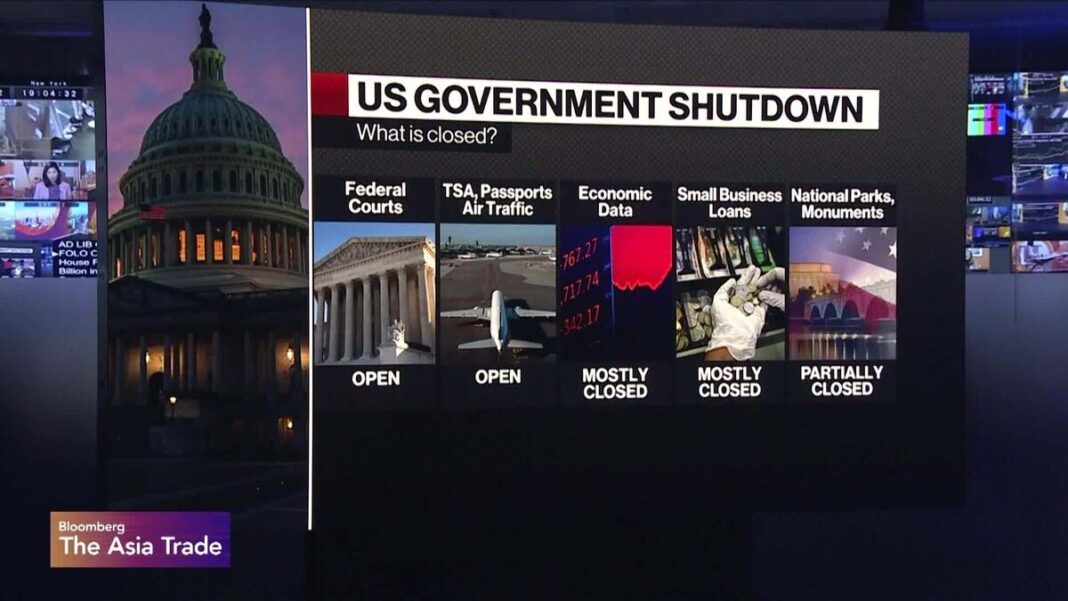The White House’s Swift Action: Dismissing Federal Workers Amid Government Shutdown Tactics
The recent decision by the White House to expedite the dismissal of federal workers highlights a significant shift in the tactics employed by Republicans during the ongoing government shutdown negotiations. This move signals an assertive approach aimed at pressuring Democrats, reflecting broader strategies within American politics that often turn contentious during times of fiscal standoff.
The Context of the Government Shutdown
Government shutdowns, while not new to American politics, have become increasingly contentious in recent years. The current impasse stems from deep-seated disagreements over budget allocations, policy priorities, and political leverage. As negotiations continue, both sides are maneuvering for an advantage, each employing strategies that reflect their underlying political philosophies and goals.
The Republican Strategy
Recent reports indicate that the Republican party is leaning into a more hardball approach as they seek to attain their legislative objectives during this shutdown. By signaling the potential dismissal of federal workers, Republicans aim to create urgency and pressure Democrats into concessions. This tactic not only serves as a bargaining chip but also seeks to galvanize public opinion around the narrative of government inefficiency and the need for budgetary discipline.
Implications for Federal Workers
For federal workers, the implications of this strategy are profound. The very possibility of being dismissed adds a layer of anxiety and uncertainty to their livelihoods and job security. Many federal employees are concerned about how this approach will impact not only their employment status but also the services they provide to the public. The ripple effects of such decisions can also diminish morale within the workforce, potentially affecting productivity and service delivery as anxiety settles in.
Political Ramifications
This strategy could have significant political ramifications as well. Republicans may be banking on the public’s frustrations with government shutdowns to shift blame onto Democrats, portraying them as obstructionists unwilling to compromise. Conversely, Democrats may need to reinforce narratives around the importance of government services and the value of federal workers, framing their resistance to budget cuts as a defense of essential public services.
The Broader Economic Landscape
In the backdrop of these political maneuvers lies the broader economic landscape. Prolonged government shutdowns can have detrimental effects on the economy, impacting everything from federal contracts to local businesses that rely on government transactions. Policymakers must weigh the immediate political gains against the long-term economic consequences of a prolonged shutdown, an analysis that could make or break public sentiment in the coming months.
The Role of Media and Public Opinion
As this narrative unfolds, media coverage will play a crucial role in shaping public perception. Outlets like Bloomberg are constantly analyzing these developments, highlighting the stakes involved for both sides. The manner in which these complex dynamics are communicated can influence how the public perceives the actions of each party, potentially swaying opinion in favor or against governmental actors.
Conclusion
In summary, the White House’s strategy to swiftly dismiss federal workers amid a government shutdown underscores a critical turning point in American politics. As Republicans employ hardball tactics to gain leverage, federal workers find themselves at the center of a high-stakes political chess game. With economic implications hanging in the balance, the ongoing negotiations will ultimately shape the landscape for both political parties and their constituents.



